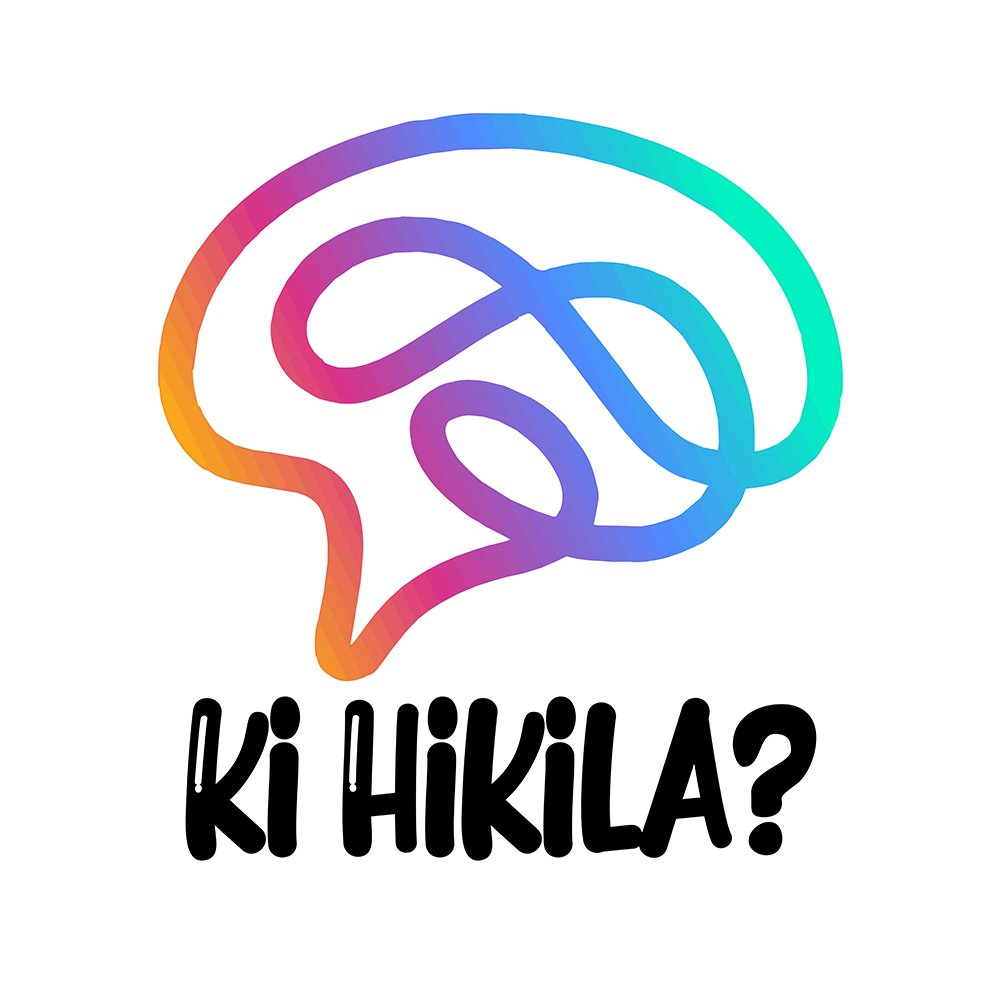WHO Pandemic Agreement: The World Health Organization (WHO) has announced a groundbreaking international agreement aimed at boosting global readiness for future pandemics. After more than three years of intensive negotiations, this marks only the second such agreement in WHO’s 75-year history—the first being the Framework Convention on Tobacco Control in 2003. The finalized draft is now set to be presented for approval at the upcoming World Health Assembly.
Background of WHO Pandemic Agreement
The pandemic treaty initiative was launched in 2021, directly influenced by the global challenges experienced during COVID-19. The widespread disruption underscored the urgent need for a unified, strategic global health response. WHO member states embarked on a collaborative drafting process that included 13 formal negotiation rounds, addressing vital issues like equitable vaccine distribution and cross-border technology access.
Treaty Objectives
The new treaty sets out to:
- Eliminate the confusion and competition seen during COVID-19.
- Foster stronger international coordination and pandemic preparedness.
What’s in the Agreement?
1. Global Access to Medical Supplies
- WHO will oversee global supply chain tracking for essential PPE (e.g., masks, gowns).
- Manufacturers agree to:
- Allocate 10% of their production to WHO.
- Sell another 10% at affordable prices.
2. Technology Transfer Provisions
- Countries are encouraged to share health-related technologies with lower-income nations—on a mutually agreed basis.
- Goal: Empower local production of vaccines and medicines.
3. Pathogen Access and Benefit-Sharing System (PABS)
- A streamlined framework to facilitate rapid data exchange among nations and pharmaceutical companies.
- Purpose: Accelerate early-stage development of drugs and vaccines in response to emerging threats.
Hurdles During Negotiations
Key sticking points included the debate over mandatory vs. voluntary technology sharing. Countries housing major pharmaceutical sectors expressed concern that mandatory provisions might undermine innovation. A compromise was reached: technology transfers must be mutually agreed upon.
Impact on Global Health Governance
The agreement is seen as a diplomatic achievement, reinforcing the importance of global cooperation. It seeks to rectify gaps exposed during the COVID-19 crisis and serves as a platform to strengthen future pandemic responses. The next big test will be how well countries implement the agreed measures in real time.
Looking Ahead
Implementation will be the next major phase. Industry stakeholders have highlighted the continued need for intellectual property protections to support innovation and investment in pandemic preparedness tools. The treaty lays a foundational framework, with further negotiations expected to build on it over time.
Where the US Stands
Due to a prior decision by former President Trump to withdraw from the WHO, the United States did not participate in the final round of talks. As a result, the U.S. will not be bound by the treaty after its scheduled exit from WHO in 2026.












